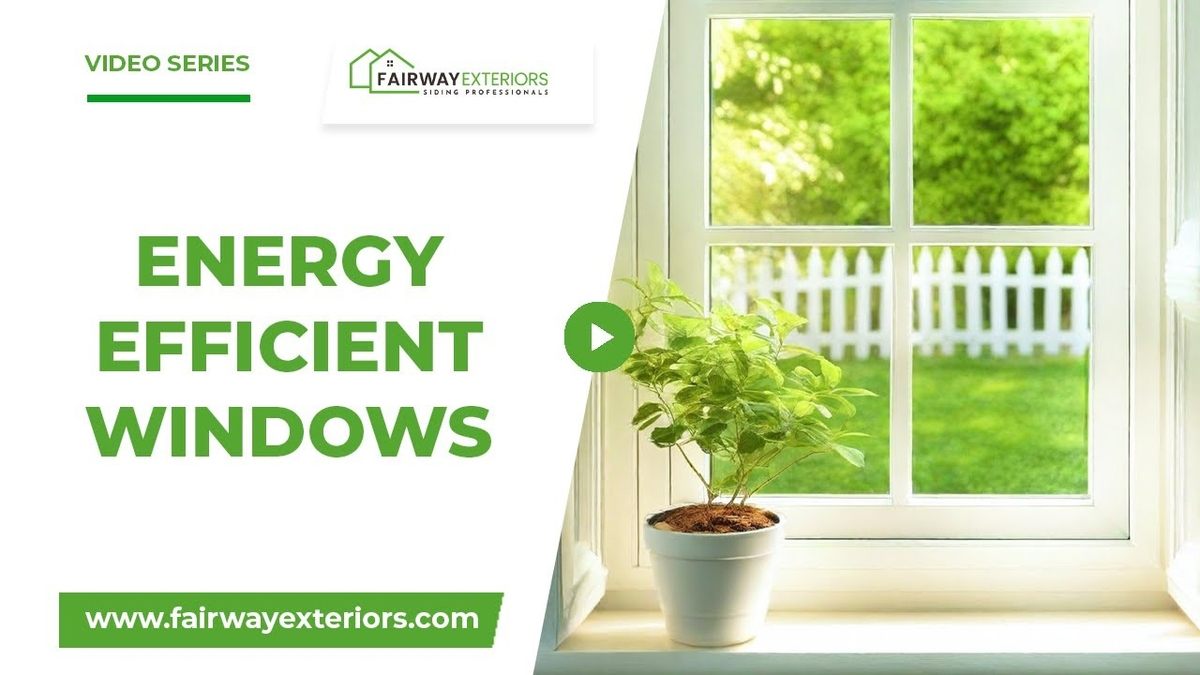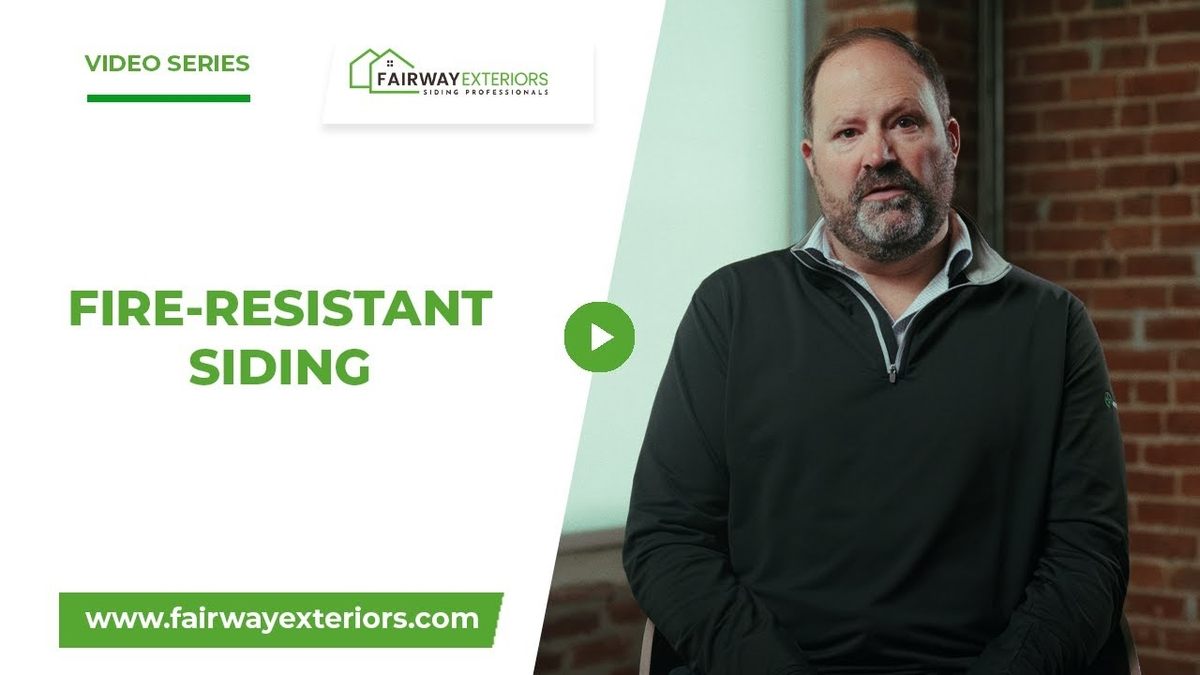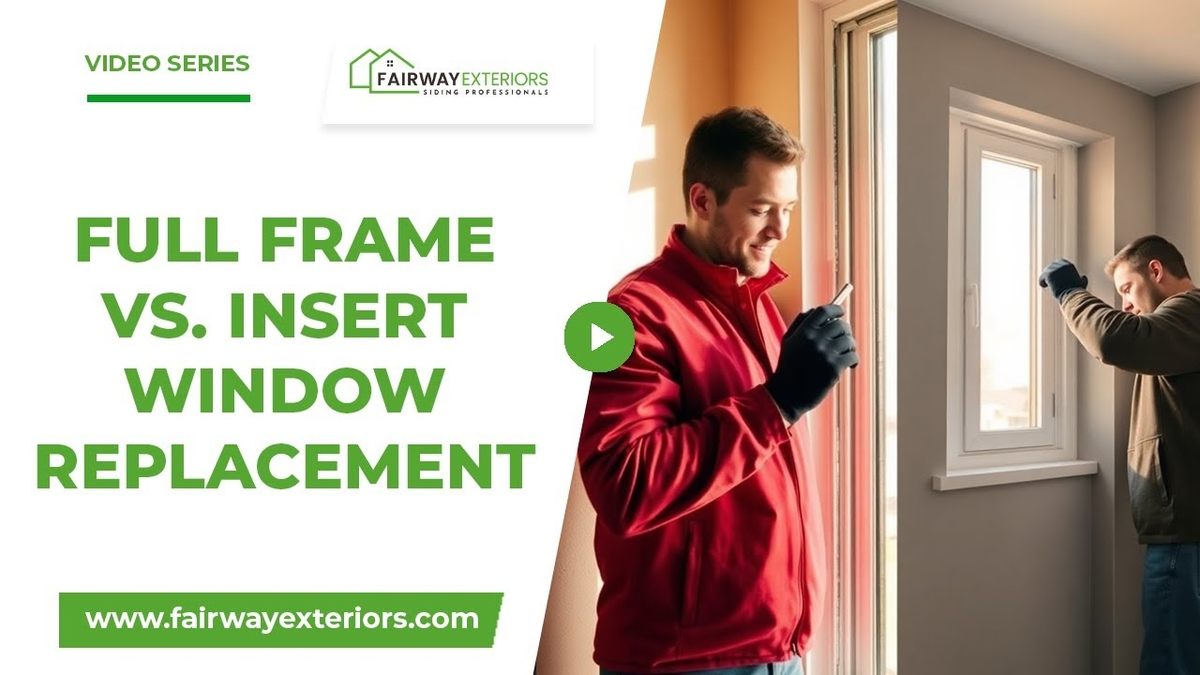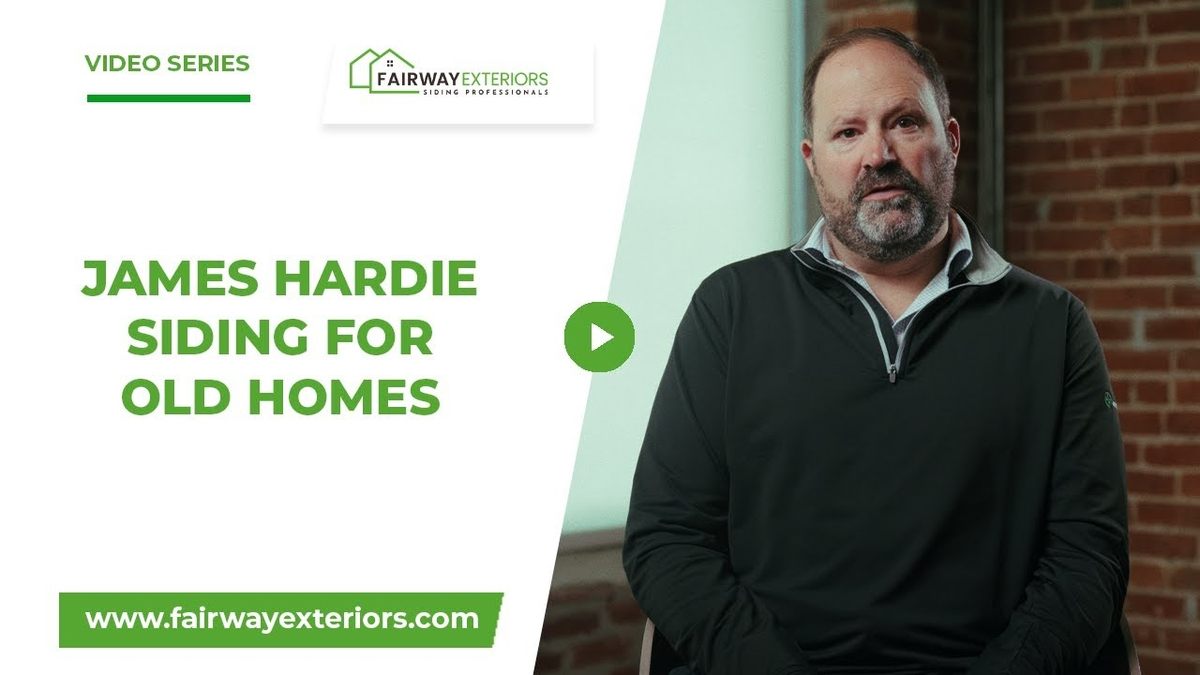Engineered wood siding is becoming a very popular choice for homeowners in the midwest, but is it right for KC-area homes? There are some distinct benefits that you can get from engineered wood products, but there are some drawbacks as well, and more than a few homeowners might consider them substantial. We’re going to cover the pros and cons of these engineered products so that you have all the information you need to make the right decision.
Pros Of Engineered Wood Siding
It gives A Great Wood Look
One of the biggest reasons that engineered wood is so popular with many homeowners is that it allows the homeowner to get a product that looks remarkably like real wood, without as significant of investment in maintenance. Many engineered wood sidings can mimic the look of timber closely and have a slightly lower requirement for maintenance and care.
Fewer Seams
With some siding options, the materials are only available in shorter lengths, which means when they are installed there are seams between each piece. Engineered wood comes in lengths of up to 16 feet, which means about 30% fewer seams when installed, and a cleaner overall look when finished.
Cons Of Engineered Wood Siding
Engineered Wood Is Still Wood
A major downside to engineered wood is that it is still made from wood fibers, which puts it at risk of damage by many of the same factors that affect regular wood. For homeowners in the Kansas City area, this means they are still a target for one of the biggest nuisances in the region, woodpeckers. No matter how hard you try and how vigilant you are, woodpeckers will still target engineered wood.
Additionally, there are two other causes of potential damage to engineered wood, fire, and moisture. Engineered wood products will be fire resistant to some degree, but they cannot become Class A fire-grade materials. The wood fibers in the products are still susceptible to swelling, warping, or even rotting due to moisture intrusion.
Expansion Joints Frequently Damage Paint
Engineered wood requires gaps between butt joints since the material expands and contracts significantly with day-to-day and season-to-season changes in temperature. Since engineered wood is frequently painted, this leads to damage to the seal that the paint provides to the siding. This damage allows water to get behind the siding where it can potentially cause damage to the exterior of the home.
Maintenance Needs Are Comparatively High
Even though a lot of the requirements for the maintenance of engineered wood have been removed as the materials are processed into the wood products, there are still significant maintenance needs for engineered wood siding. It needs to be painted or otherwise sealed periodically, as well as protected from animals and pests.
More Expensive Than Fiber Cement
The cost is a considerable factor for many homeowners. Despite lacking many of the benefits, and having more drawbacks, than leading fiber cement products like James Hardie, engineered wood products often cost more. Not only does this cost more initially, but it also adds to the cost of the siding over its life.
Let Fairway Be Your Trusted Siding Partner
If you feel that engineered wood could be right for your siding project, or if you still have questions, reach out today and speak with a member of our expert local siding team. Whether you’re looking for engineered wood siding or any other material, we can help you get it done.









